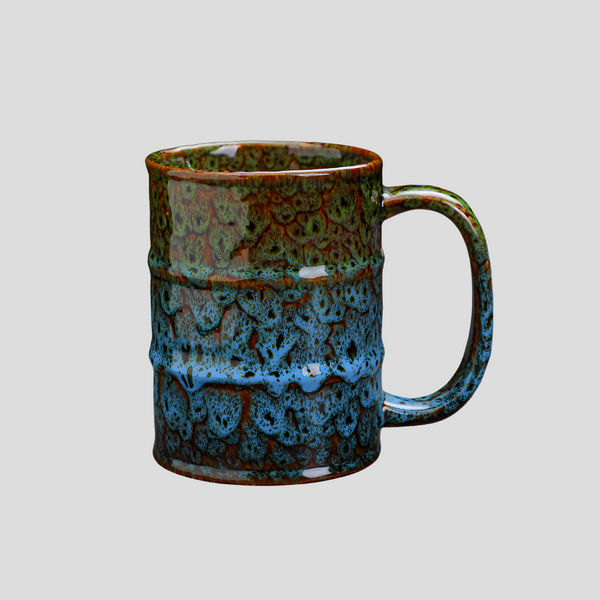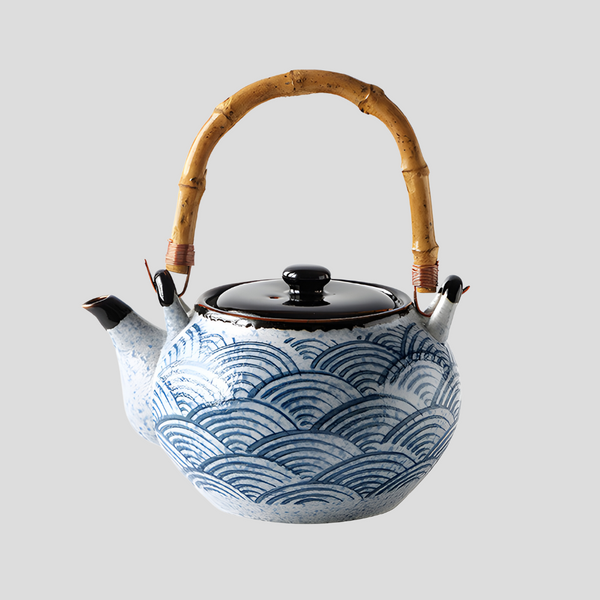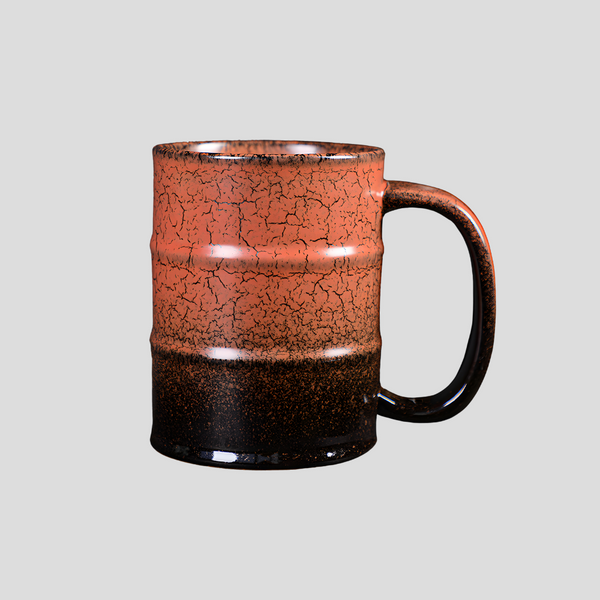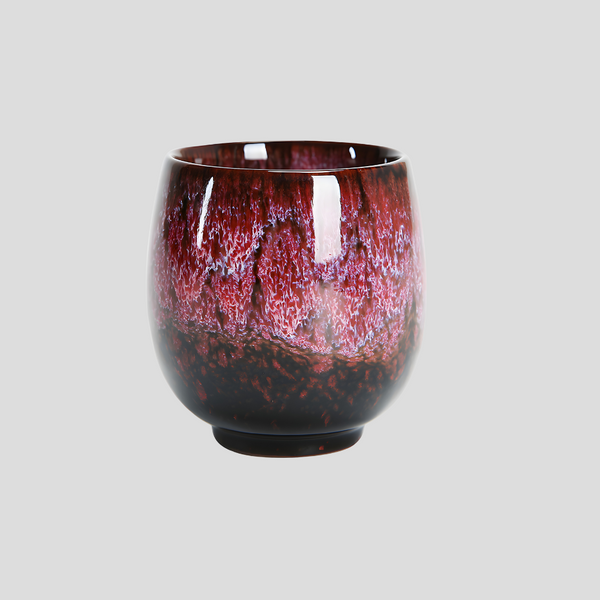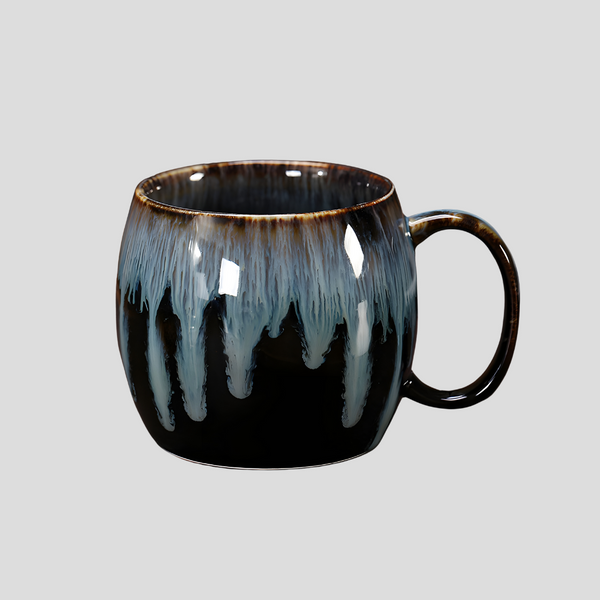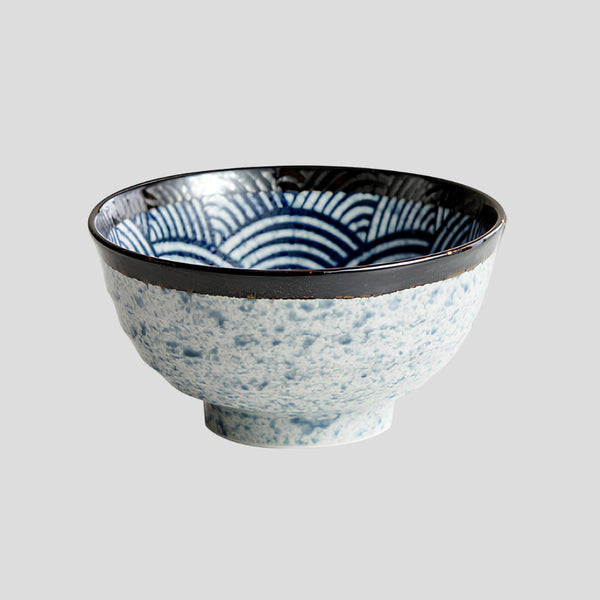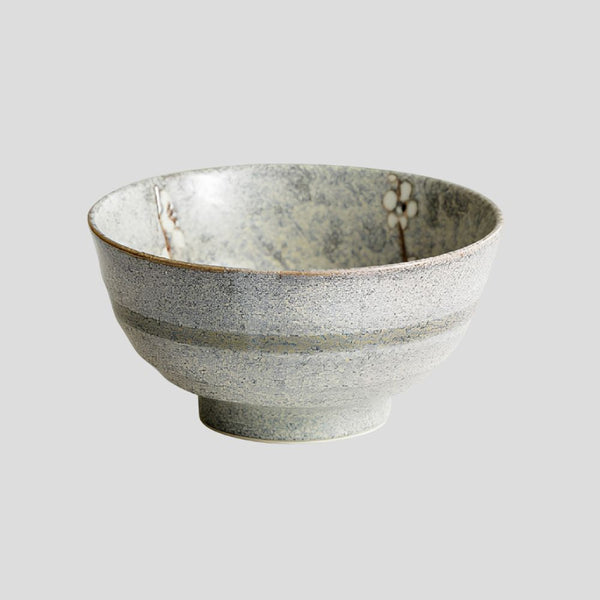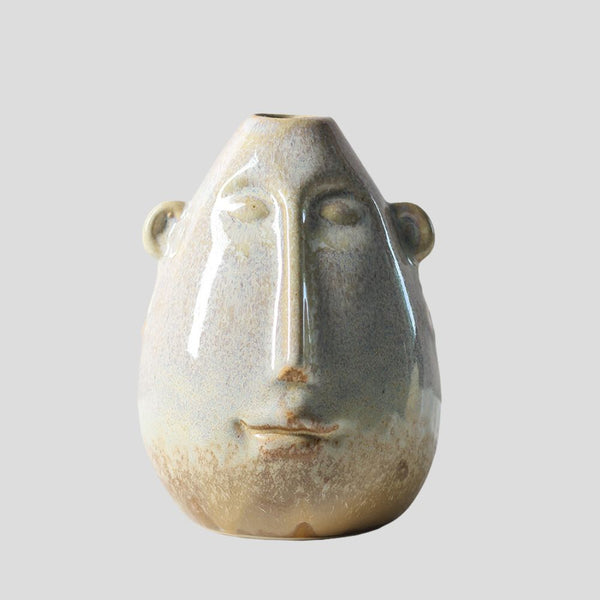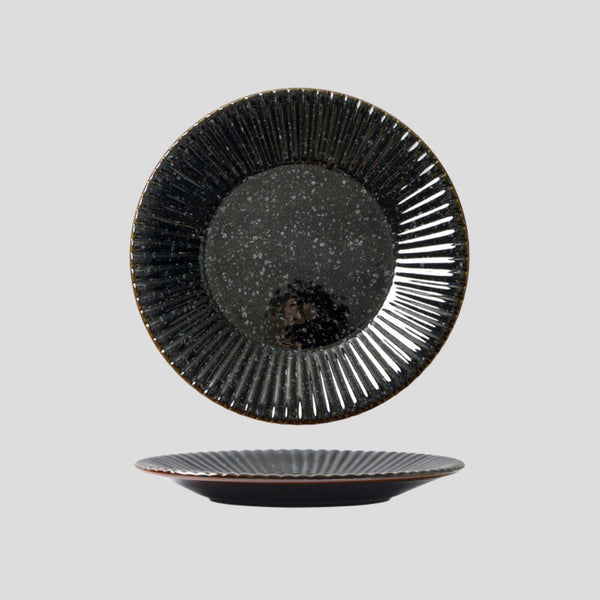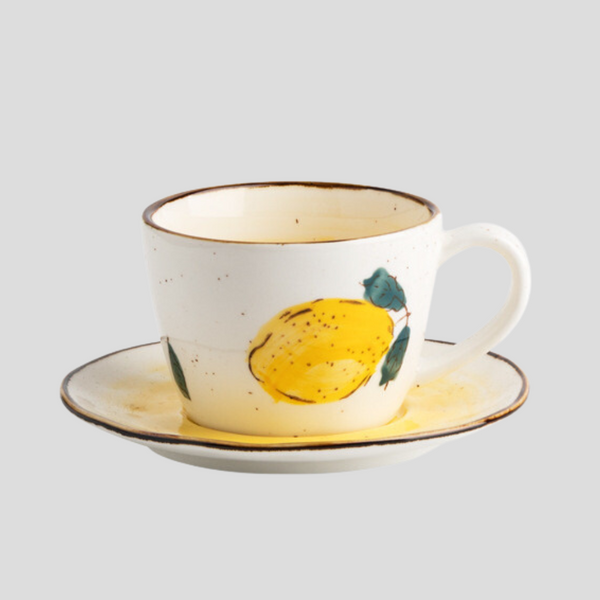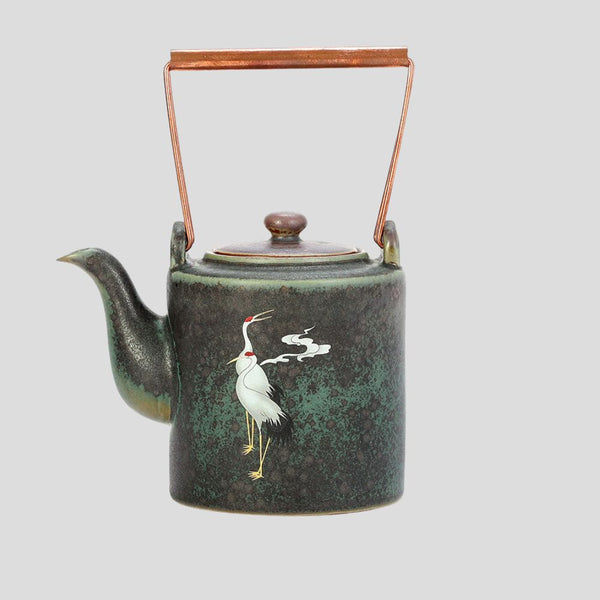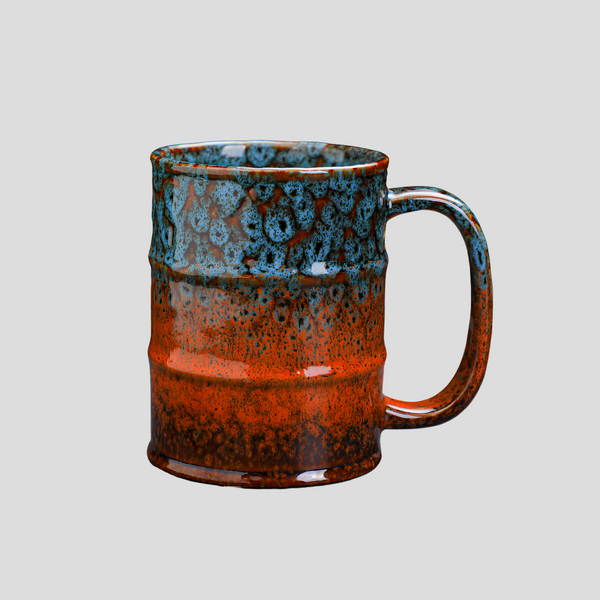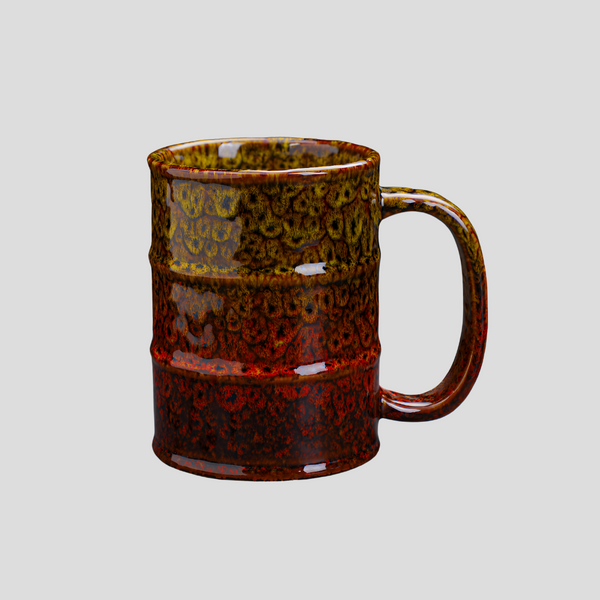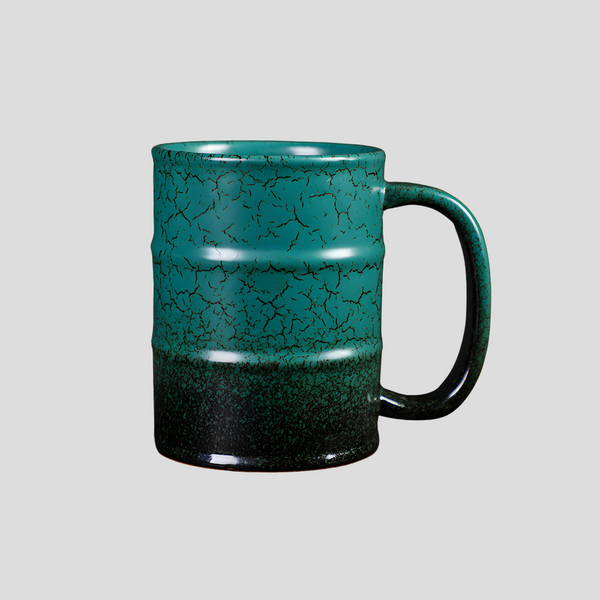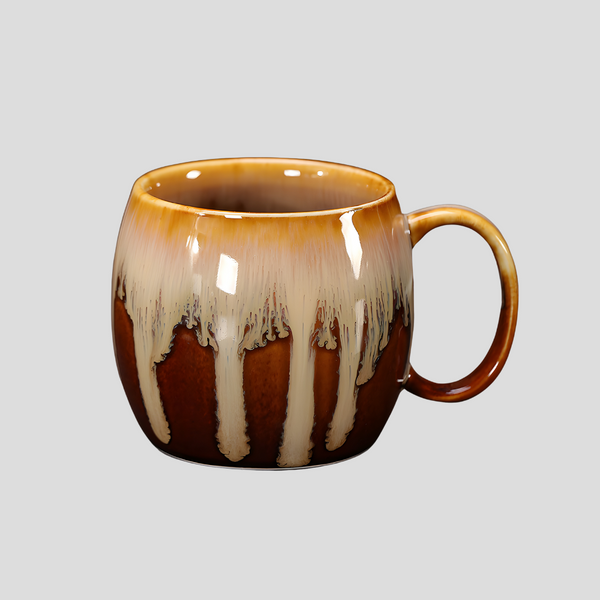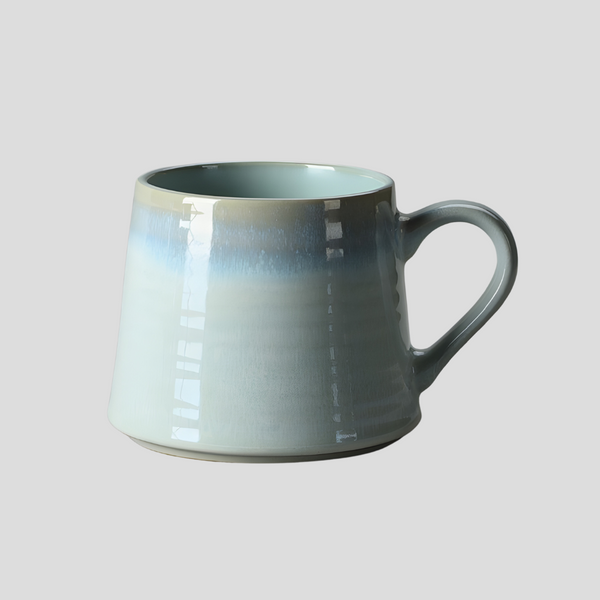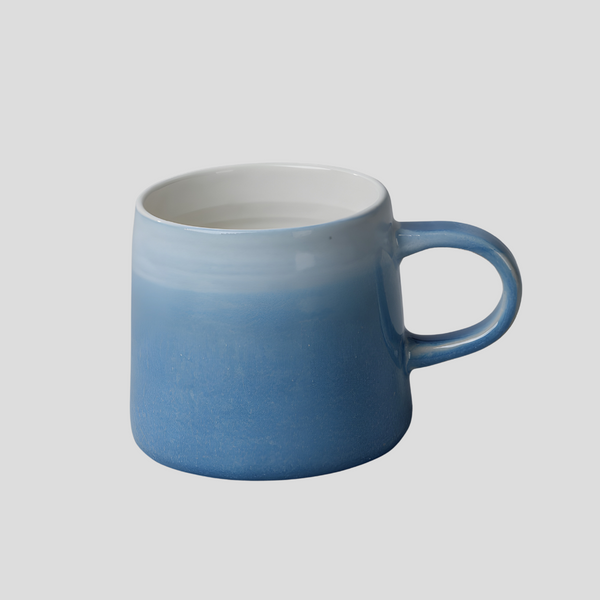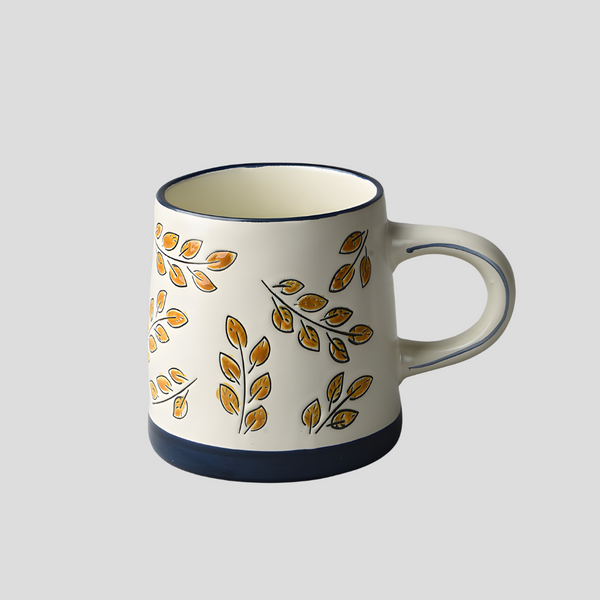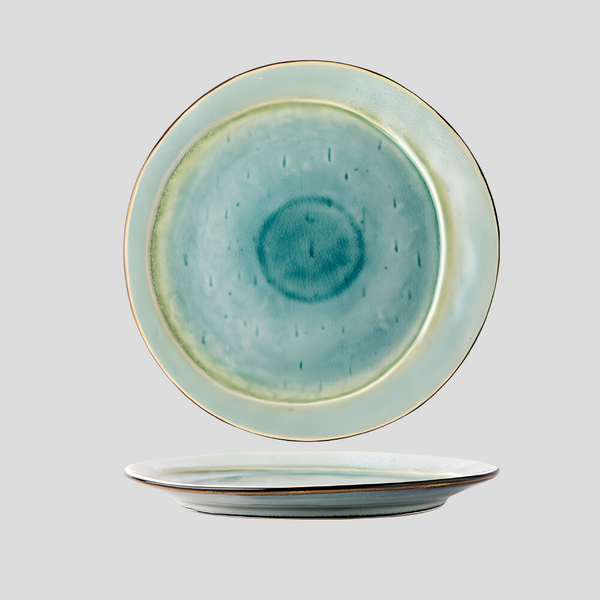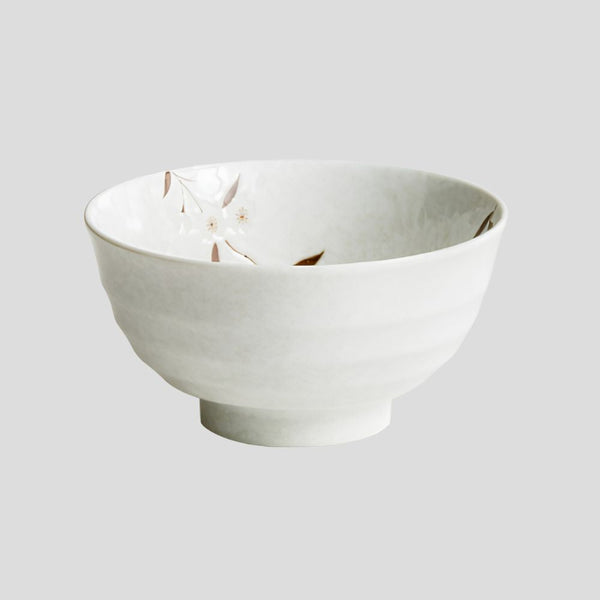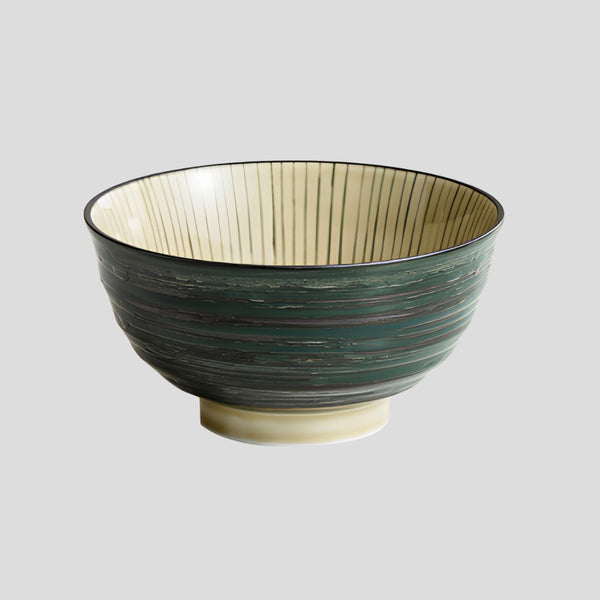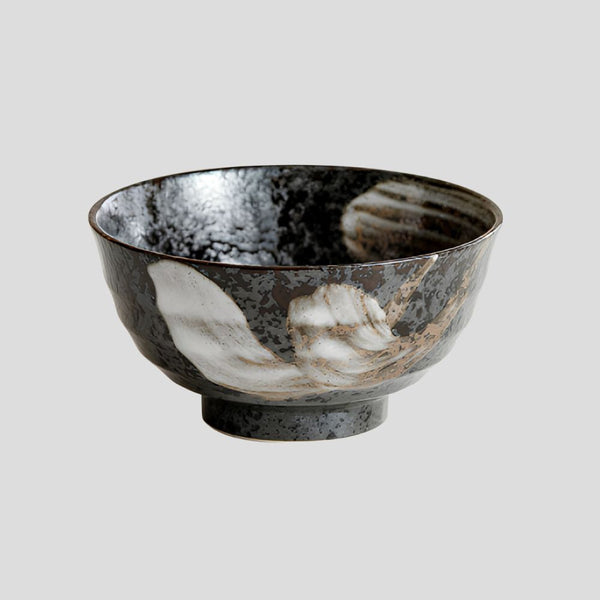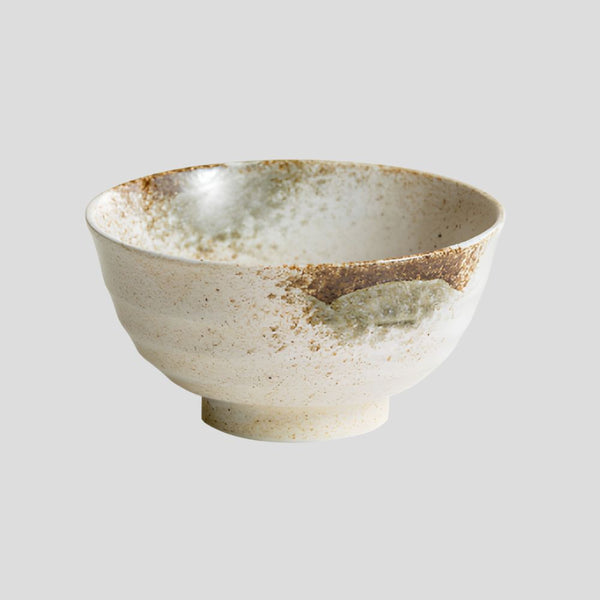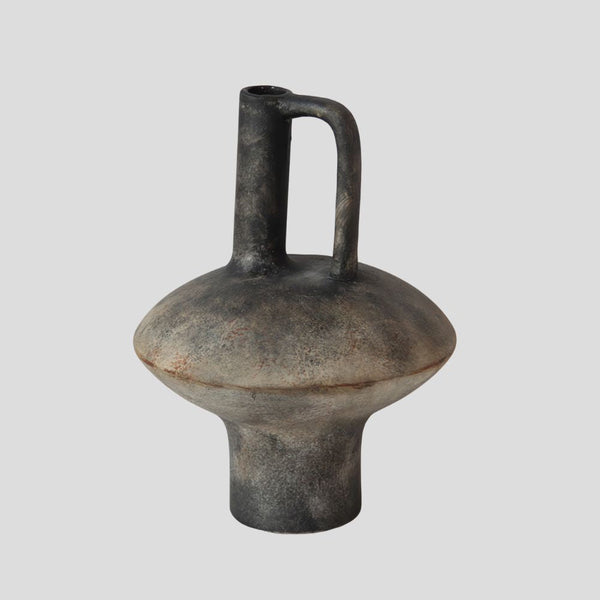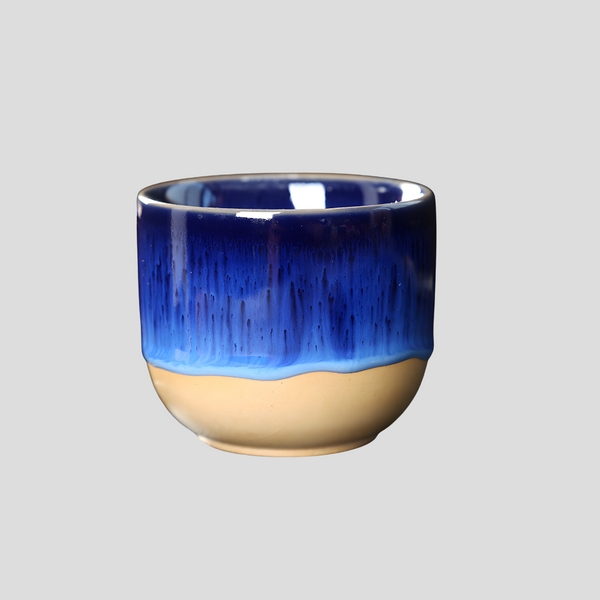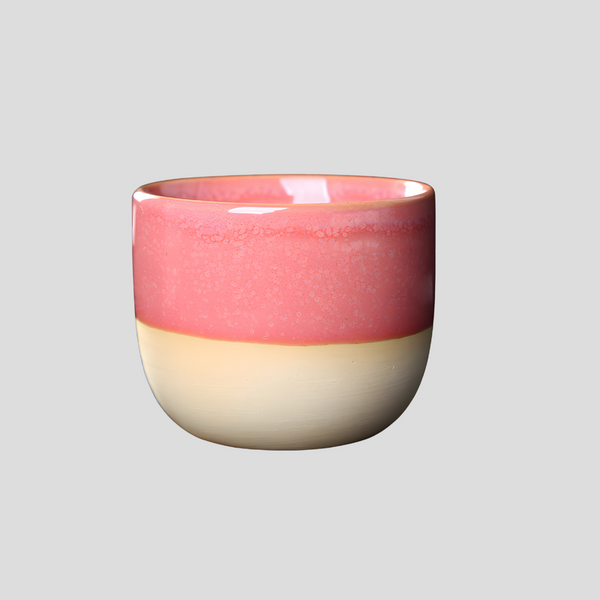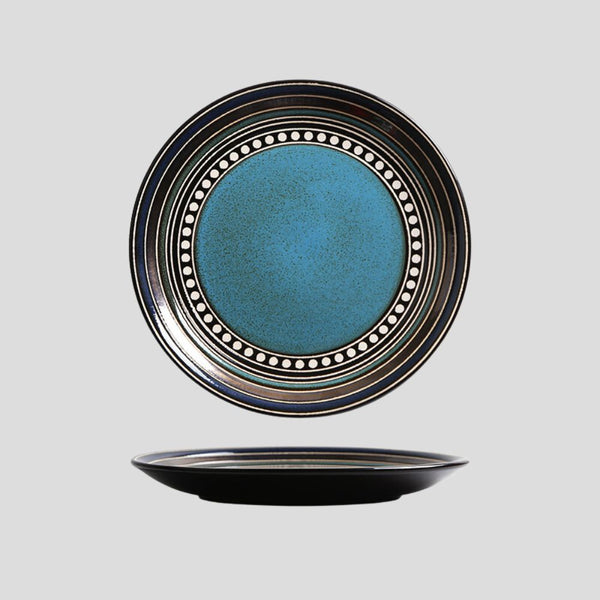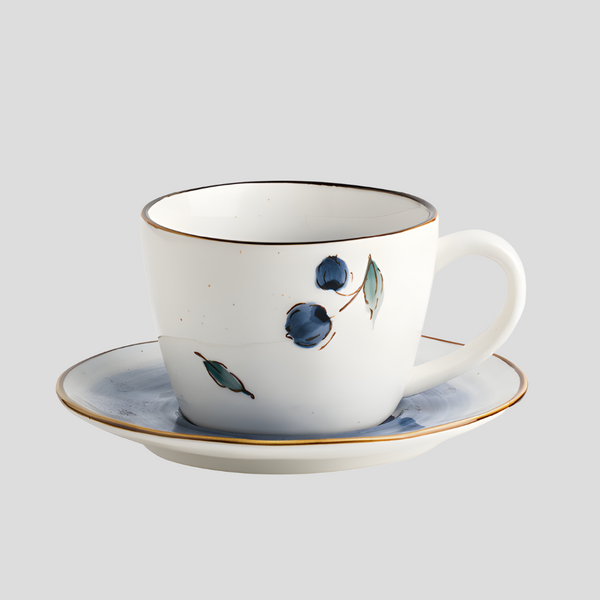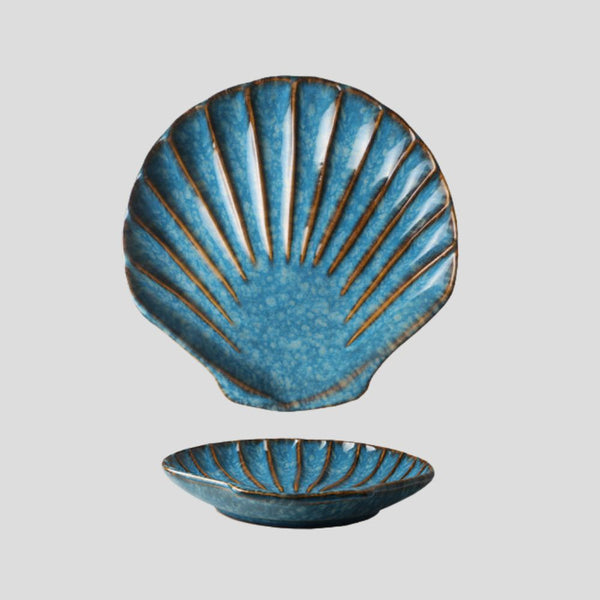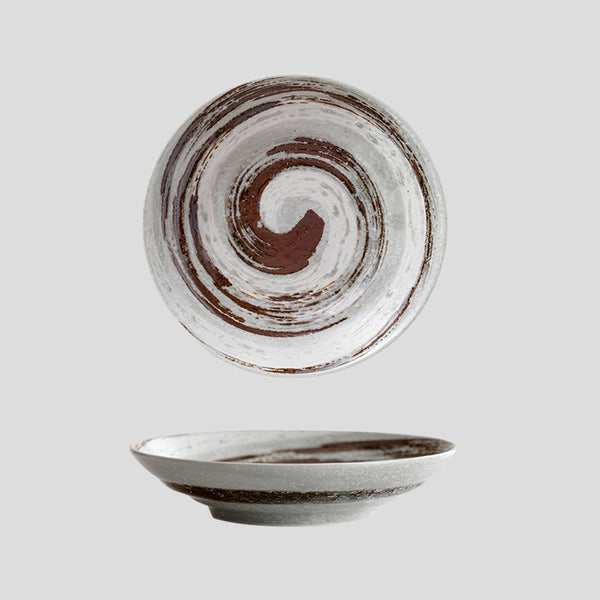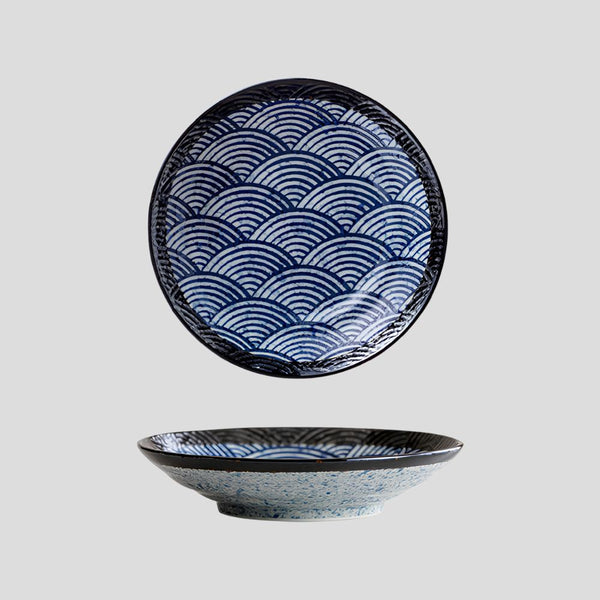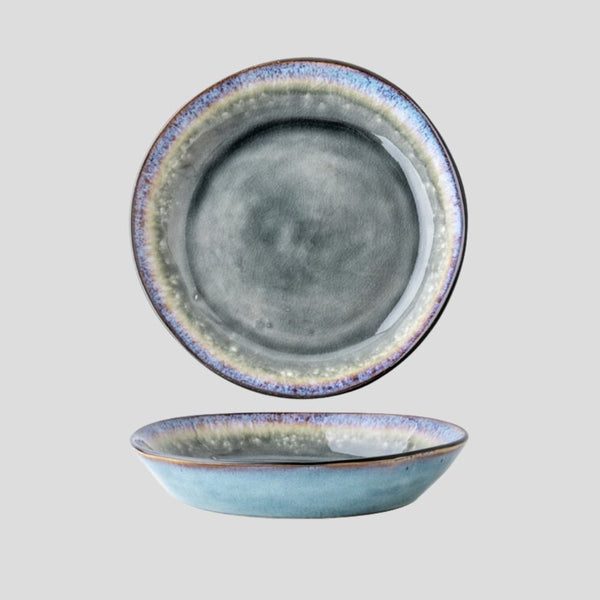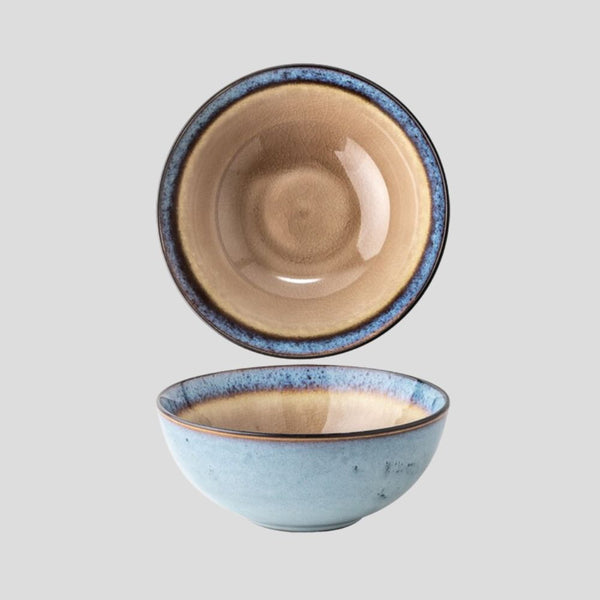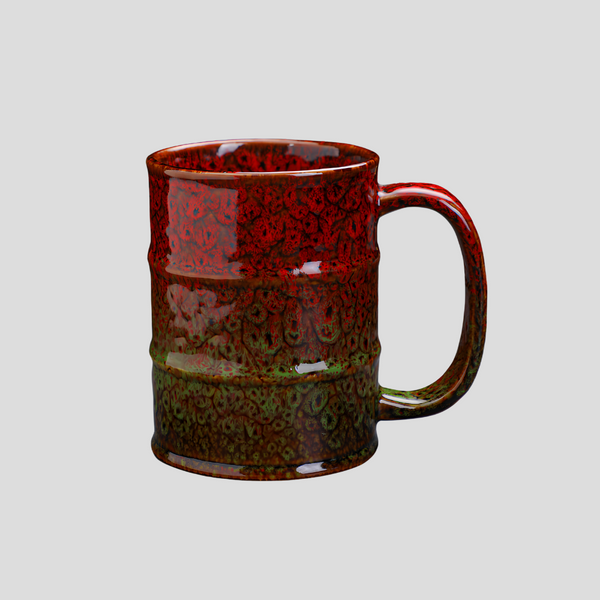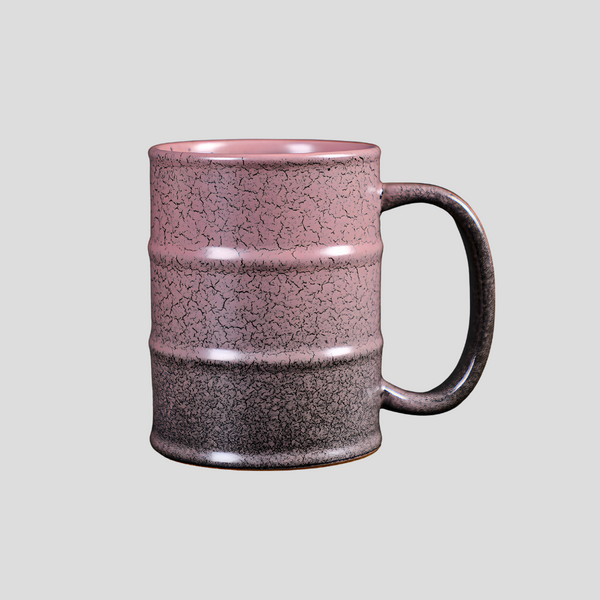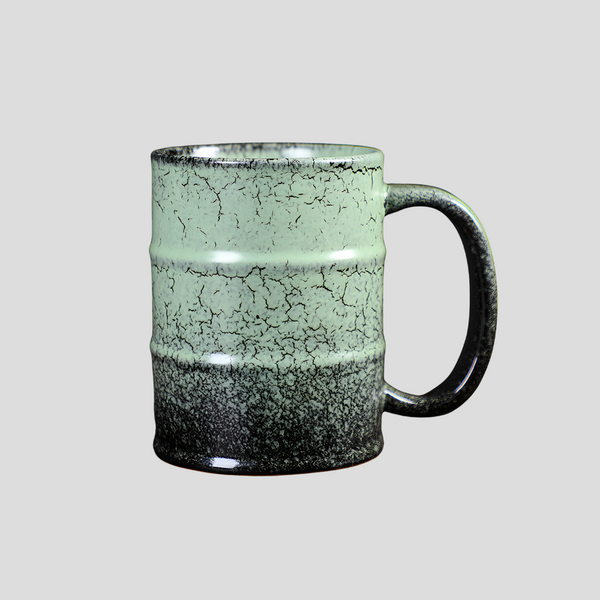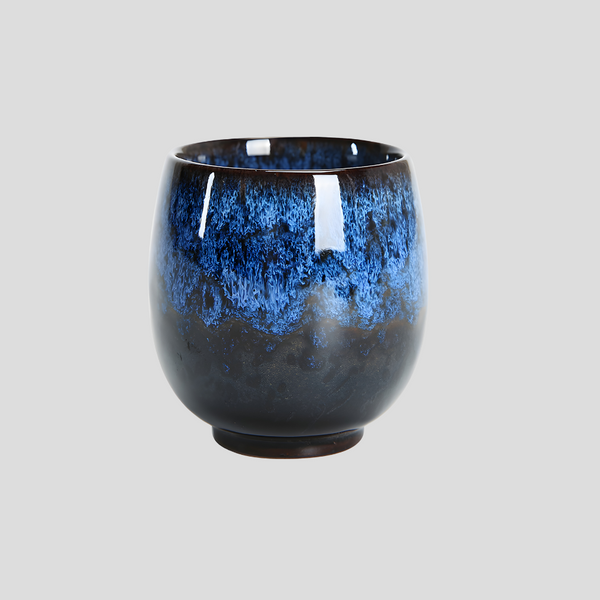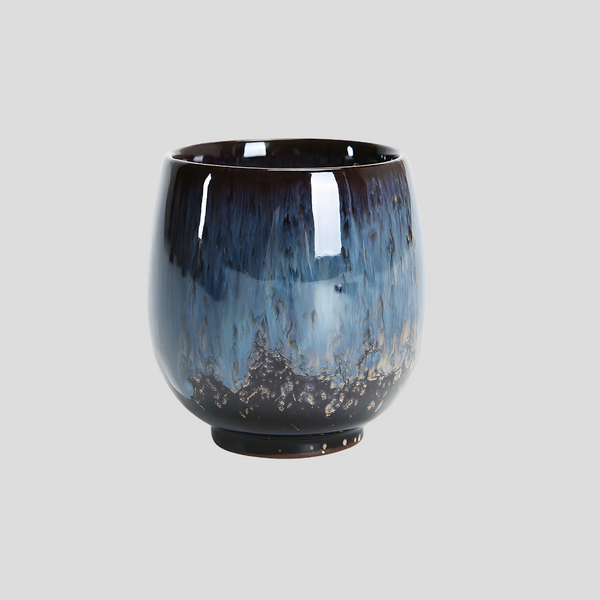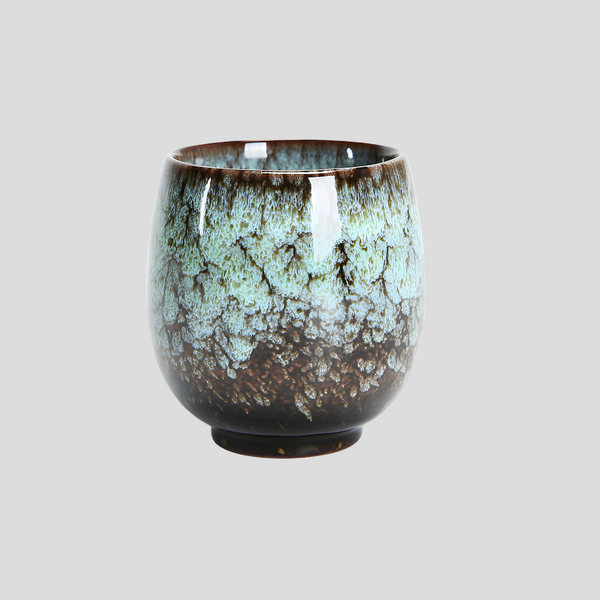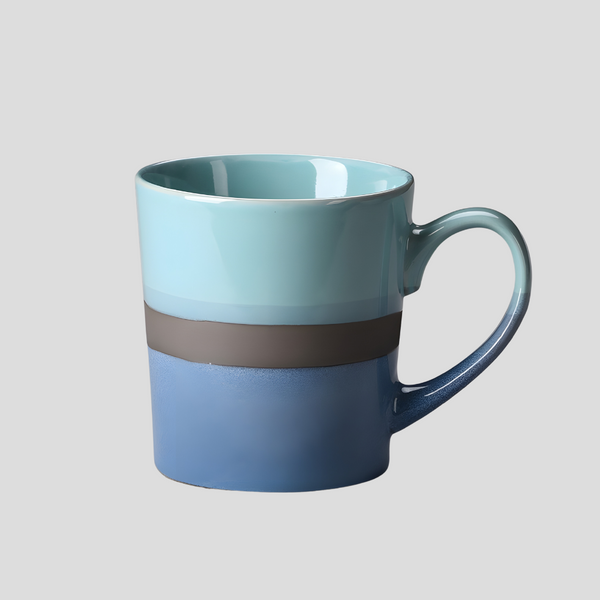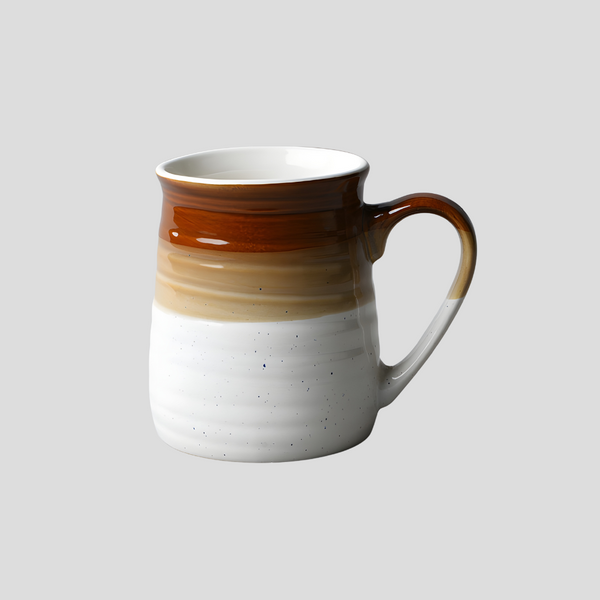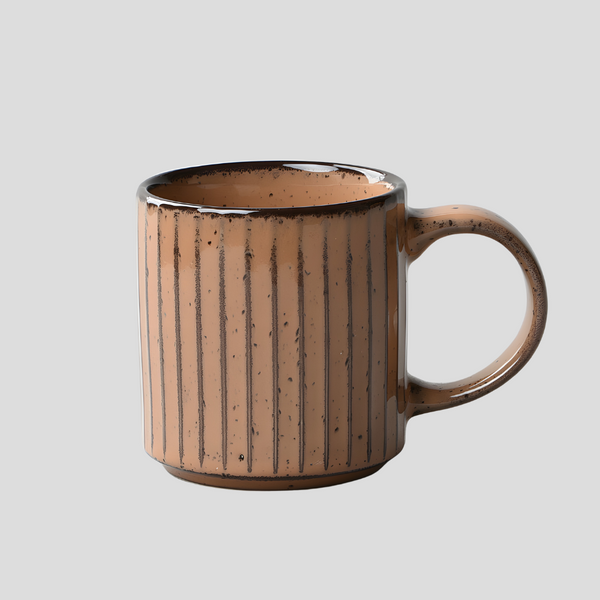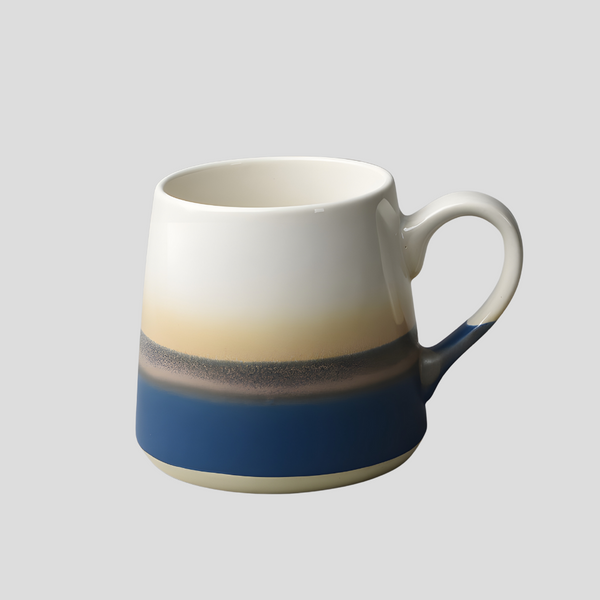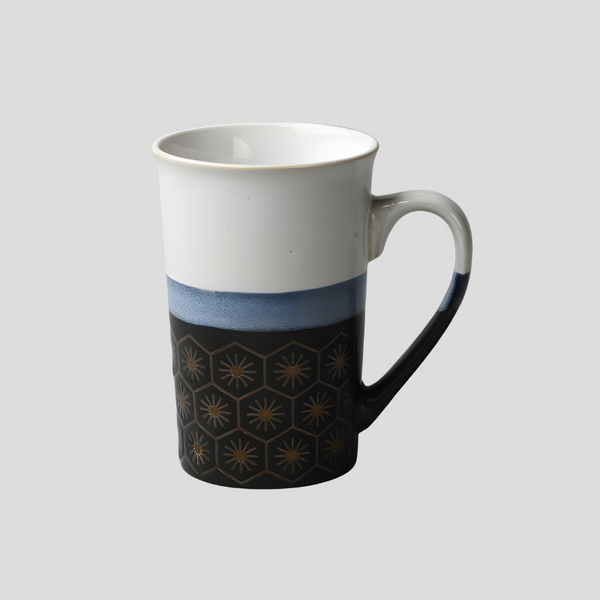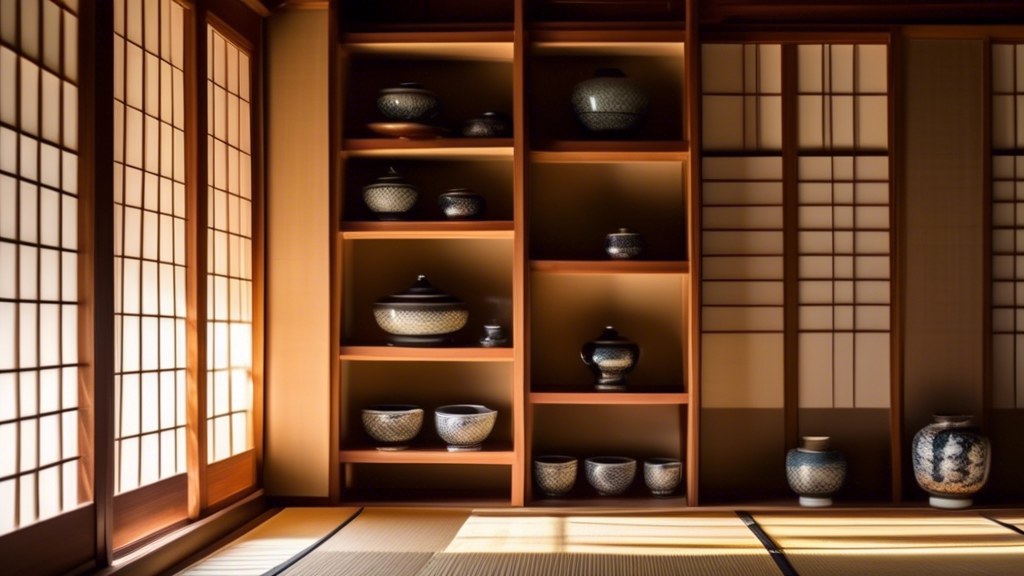
Exploring the Beauty of Hall Japan Pottery
Hall Japan pottery represents a unique and enchanting line of ceramics that gracefully blends Western and Eastern aesthetics. Originating in the early 20th century, this pottery style has garnered admiration from collectors and enthusiasts alike for its beautiful designs, quality craftsmanship, and rich history. Exploring the beauty of Hall Japan pottery unveils a fascinating chapter in the world of ceramics, revealing the fusion of cultures and the evolution of pottery design.
The Origins of Hall Japan Pottery
Hall Japan pottery traces its roots back to the Hall China Company, founded in 1903 in East Liverpool, Ohio, USA. The company initially focused on producing stoneware but rapidly shifted its emphasis towards creating lead-free, single-fire glaze dinnerware which was both durable and aesthetically pleasing. During the mid-20th century, in response to the growing Western fascination with Asian culture and artifacts, Hall began to produce pottery lines that featured Oriental designs and motifs, which were then exported to Japan and other Asian markets—hence the moniker Hall Japan.
Design and Aesthetic
The aesthetic appeal of Hall Japan pottery lies in its unique fusion of East meets West design principles. These pieces often feature vibrant colors, intricate patterns, and imagery that is distinctly influenced by Japanese art and culture, such as cherry blossoms, dragons, and scenic landscapes. However, the shapes and functions of the pottery pieces remain deeply rooted in Western traditions, presenting a fascinating blend that appeals to a broad audience. The most notable line, perhaps, is the Autumn Leaf pattern, which gained immense popularity for its beautiful portrayal of falling leaves in rich, warm hues.
Craftsmanship
The craftsmanship of Hall Japan pottery is another aspect that sets it apart. Each piece is a testament to the meticulous attention to detail and high-quality standards upheld by its creators. The pottery is known for its durability, thanks to the lead-free glaze and the single-fire process used during production. This not only ensured that the pottery was safe for everyday use but also that it retained its luster and patterns for many years, becoming cherished heirlooms for many families.
Collecting Hall Japan Pottery
Today, Hall Japan pottery is highly sought after by collectors and antiques enthusiasts. Collecting these pieces can be a rewarding endeavor, offering a glimpse into the cultural exchange between the East and the West during the 20th century. Collectors often look for rare patterns, unique shapes, and pieces in excellent condition. The Autumn Leaf pattern, in particular, remains one of the most coveted designs and can fetch high prices at auctions and antique shops.
Preservation Tips
For those looking to preserve their Hall Japan pottery, several steps can be taken to ensure these pieces maintain their beauty. It is advised to avoid using harsh chemicals or abrasive materials when cleaning. Instead, gently washing with mild soap and warm water is recommended. Storing the pieces in a display cabinet away from direct sunlight can help prevent fading and maintain the vibrant colors and intricate patterns that make Hall Japan pottery so beloved.
Conclusion
Hall Japan pottery serves as a captivating example of cultural harmony, where Eastern motifs and aesthetics are seamlessly integrated with Western design principles. This unique blend, combined with exceptional craftsmanship, has solidified its place in the world of collectible pottery. Whether as a collector or an admirer, delving into the world of Hall Japan pottery offers a rich and rewarding experience, unveiling the timeless beauty and historical significance behind these cherished ceramics.
Click this link to check out our ceramic artwork!